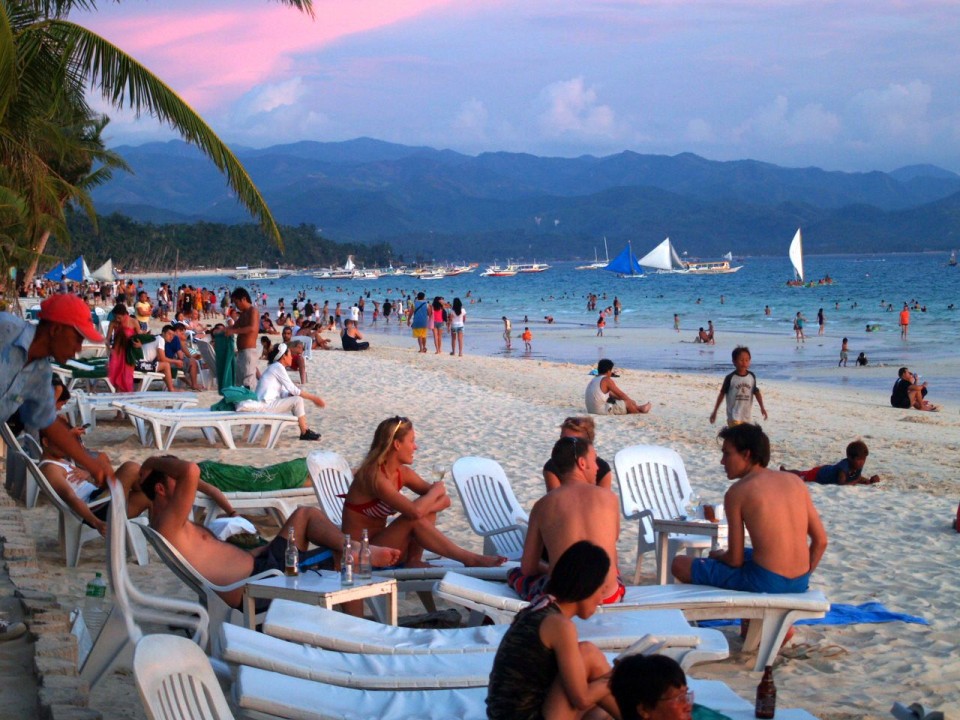
‘No drinking’ areas in the popular tourist resort of Boracay are being expanded.
A new ordinance by the local council is banning the drinking of alcoholic beverages within five metres of riverbanks, public parks and beaches.
The ban also applies to areas six metres from the centre of roads, streets, alleys, sidewalks, sporting facilities and public parks.
Violators will face fines of 500 pesos for the first offence, 1,000 for the second and 2,500 or imprisonment for 30 days for the third and and further offences.
Similar ordinances, banning drinking and smoking, already covered the famous white sand beach itself.
Local councillor Nenette Aguirre-Graf, who authored the new ordinance, said visitors could still drink in beachfront hotels, bars and restaurants and that the the new law sought to reduce the amount of trash left on the beach.
“There were incidents that tourists and residents step on broken bottles,” she said.
As we recently reported, many residents had complained of trash being left by tourists on the beach, especially during the stretch of holidays dubbed “Laboracay”, which drew record numbers of people to the island this year.
Writing on Facebook, long-term resident of the island P J Arañador said: “Empty bottles thrown all over… people urinating on the beach everywhere… party people smoking on the beach.”
He also said the organisers of events and parties should be held responsible for cleaning up after themselves. “You are all shameful. Are you being taught in school to throw trash in the sea? You organise parties but you leave garbage. You all make Boracay the largest garbage dump,” he said.
Boracay Island’s tourist arrivals reached 1,725,483 last year, 11 per cent up on the 1,560,106 tourists recorded in 2015.
Foreign tourists comprised more than half of the arrivals at 868,765, slightly higher than domestic tourists, which reached 813,302.

Comments are closed.